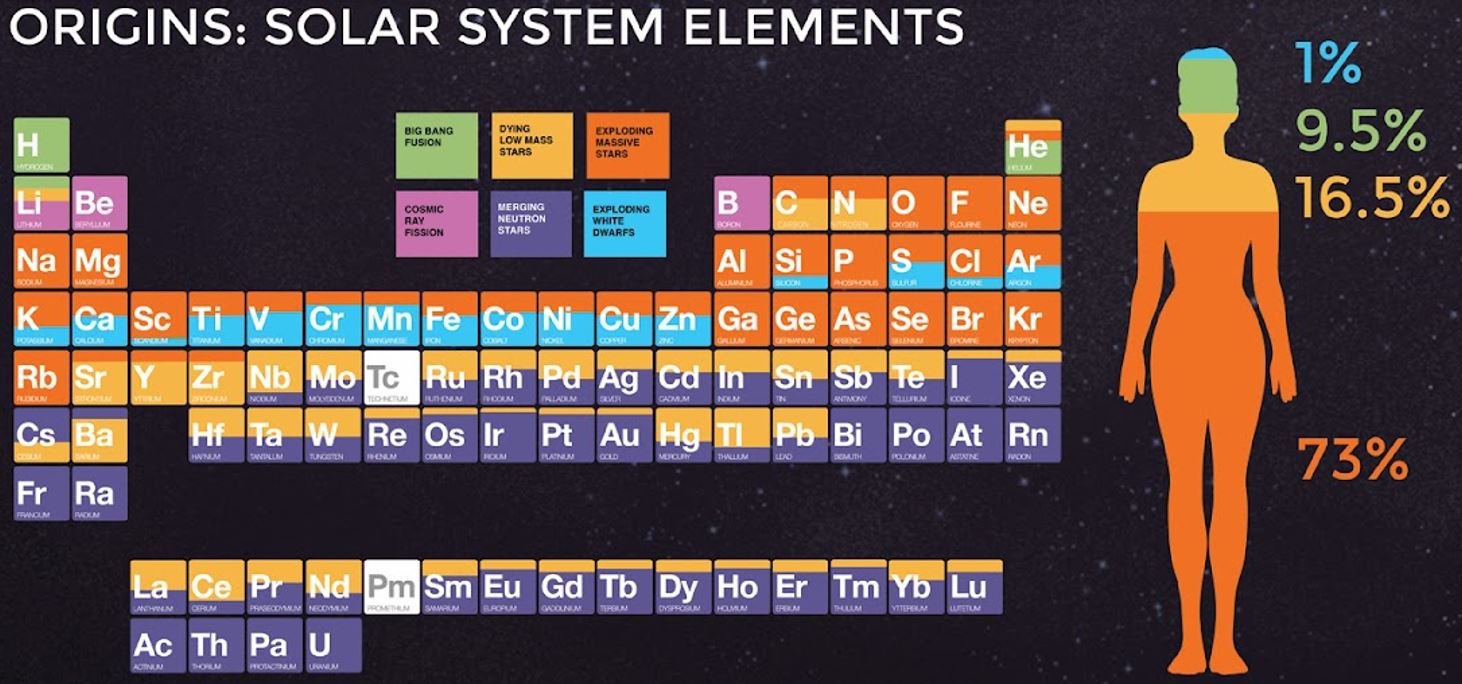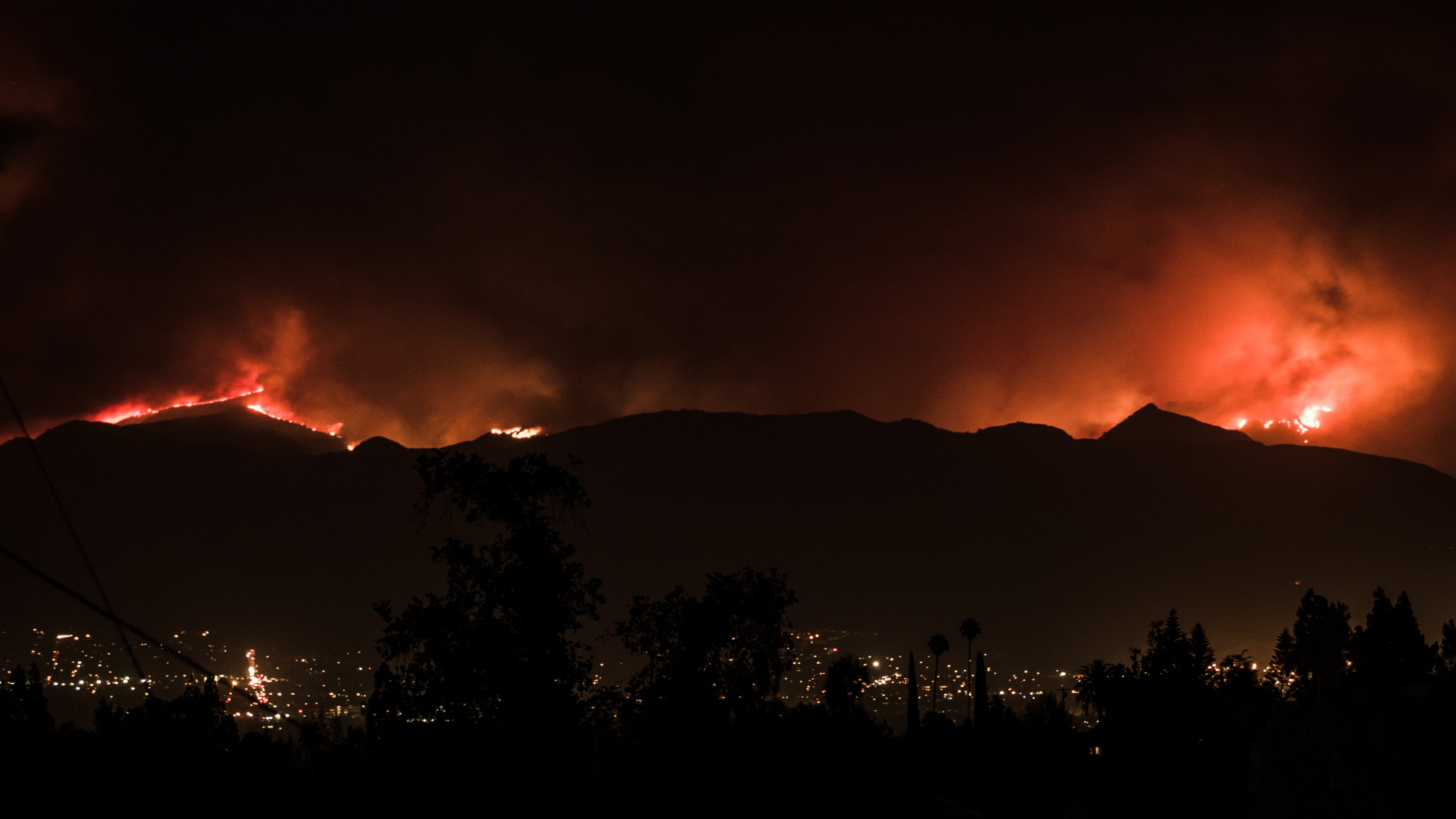National cuisines tend to be defined by historical precedent influenced by agricultural limitations. As the United States is a young country with rich soil, its own quintessential cuisine never developed. But that doesn’t mean America won’t ever boast its own essential menu. Chef Dan Barber, author of the book The Third Plate: Field Notes on the Future of Food, believes regional fare is the key to the future of American food.
Dan Barber: I think we struggle with a healthy identity because we’ve never been forced into the kind of agricultural realities that almost every culture and cuisine has struggled with over thousands of years. They evolved out of hardship. They evolved out of peasant agriculture and they evolved out of this negotiation that peasants were making with the landscape. How can we get something to harvest out of this soil, this landscape and how can we make it nutritious and delicious for our family and our community? That’s the history of cuisine. Actually the exception is America. I mean we never were forced into that negotiation because well we’re a young country and also because when the settlers came over here they came to the Garden of Eden. I mean you drop a seed in the soil here and then you have, you know, incredible harvests anywhere. You have rainfall. You have temperate climates. You have this unbelievable soil. When you look at the history of this, you start to understand that our poor eating habits in America, some of our health-, diet-related diseases and problems associated with poor eating stem from just a history of poor eating. The expression eating high on the hog is really an American expression because it’s about having the wealth, the agriculture wealth to just eat the loin and the tenderloin of an animal and to, because of the abundance, be able to live off that. And that’s not cuisine. That’s, you know, if you look at any of the great cuisines of the world, they don’t allow you to eat that seven-ounce protein, the steak or chicken breast or filet of fish twice a day, seven days a week. That’s an American phenomenon.
When you look at the cuisine, the Japanese cuisine and you see, you know, a rice culture; well you also see that to get that rice they needed buckwheat to grow the rice. Buckwheat into rice was a famous rotation. Well what did the Japanese do with the buckwheat? In this country we feed the buckwheat — it goes into dog food or it goes into bag feed for chickens. In Japan, it becomes soba noodles, right. And so to eat in Japan is to — it’s to eat a lot of rice, but it’s also to eat soba noodles. And that becomes inculcated into what it means to be Japanese because it’s an agricultural necessity and it becomes a gastronomic necessity as well or a cultural necessity. Well we don’t have any of those kind of negotiations in this country. Every cuisine does; we don’t. And so we’re the exception. And what you learn from studying those other cuisines is they have this advantage of history that’s tethered to an agricultural reality that we never faced. The real advantage of American cuisine for the future — because I think we will land on a cuisine, but it’s going to be hyper regional. It’s going to be you’re going to a certain part of the United States and you’re going to eat because diners are increasingly demanding this. They’re asking for what is special about this place? What is unique about this place? And how can we, through a plate of food or through a meal, experience what it is about this region that’s so special? And that’s where restaurants and chefs can play, I think, a big role.






